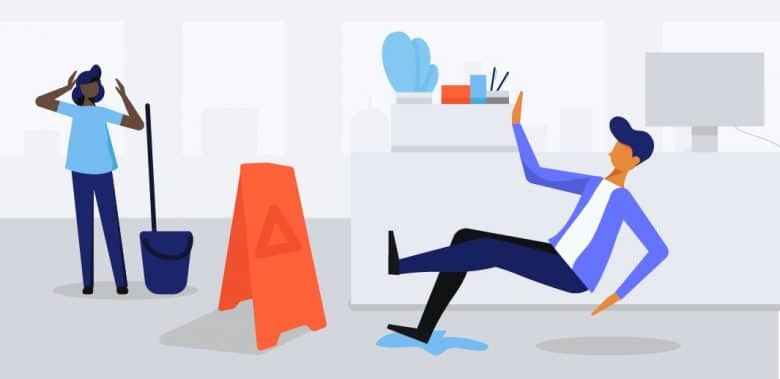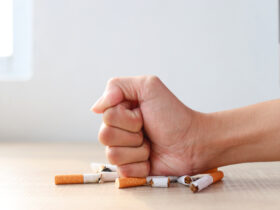According to a study in the Journal of Allied Health, people between the ages of 50 and 60 fall more than older individuals. Middle-aged adults are more active than senior citizens, which increases their risk of falling. The Center for Disease Control and Prevention (CDC) also shares that people are more likely to sustain a traumatic brain injury from a fall than any other injury.
Even if you’re a younger adult or a teenager, you will likely fall at some point in your life. You could fall playing a sport or doing construction projects around the house. There are also several hazards in the world that can lead to an accident, so it’s important to know how to safely take a fall when falling can’t be avoided.
Keep Your Body Bent
Once you realize that you no longer have a sense of balance, brace yourself for the fall by bending your elbows and knees. It’s natural for you to stiffen your body when you’re scared or panicked. However, it’s best not to reach out to stop the fall with locked arms. Instead, bend your elbows and make sure your arms have some “give” to make the impact softer.
If you keep your body too rigid, you have a higher chance of sustaining FOOSH injuries. FOOSH or “falling on outstretched hand” injuries can mean damage to the elbow and wrist once you fall. This can make your injuries even more inconvenient since an injury to the wrist or elbow means that you may be out of work for a longer period of time.
Keep Your Head Protected
If you feel yourself falling forward, make sure you turn your face sideways. If you’re falling backward, move your chin toward your chest so your head won’t hit the ground. These simple tips can keep you from suffering a serious head injury.
Land On the Meaty Parts of Your Body
Stunt doubles know that when they fall, they have to land on the “meat” of their bodies. You can use this advice to keep yourself safe during a fall as well. Try your best to fall on the big muscles in your thighs, back, or backside.

Falling on your bone makes your injury worse. Be sure to keep your elbows and knees bent to increase the chance you’ll land on a softer part of your body and avoid bone fractures.
Don’t Try to Stop Your Fall
As your fall, your instinct is likely to try and stop yourself from going down. However, it’s safer to keep falling so the impact won’t be as damaging. Try to roll while you fall so you distribute the impact throughout your body to decrease the chances of serious injury.
Even though you can’t prevent all your slips and falls, you can improve your balance to lessen the instances of injury. Practicing mindfulness by concentrating on the present and being aware of your surroundings so you can see any potential hazards. If you wear contacts or eyeglasses, have them checked regularly. This will make it easier to see blind spots and hazards you may need to avoid.
You should consult with a slip and fall lawyer so they can learn all the details of your accident and form a legitimate case on your behalf. After reviewing your circumstances, your attorney will advise you concerning filing a lawsuit and who you should be requesting a settlement from.
Your attorney may also advise you to continue receiving medical treatment for your injuries since your medical records could be used in your case to prove that you deserve compensation. It’s best to set up a consultation with an experienced slip and fall attorney as soon as possible after your injury.














Leave a Reply